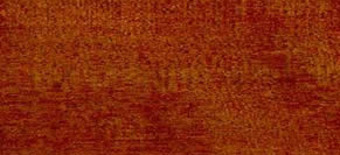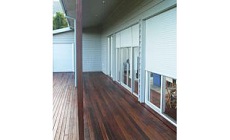
< 

About
We Are a family run Business that aim to help people in the purchase of Building products . With over 40 years expereince in the building supply industry we aim to do our best in helping people find the right product or at least point them in the right direction to companys that can help.
Brochures and links
Keruing
Botanical Name :Dipterocarpus spp,
The other common name used in Australia is Apitong and although there are over 70 species of the Dipterocarpus grouping other common names like Eng, Gurjun, Yang and Bagac are not used in Australia.
Keruing is a medium to large hardwood native to all the areas of South East Asia stretching as far as India, Sri Lanka and Burma. It grows in a very wide range of soil and climatic conditions from the low sea level forests to very high mountain areas and with a height range from 30 to 50 metres.
The timber needs to be slowly and carefully dried to avoid splitting and end checking because of its medium to high shrinkage rate between 3.5 to 7%. It does work well when processed correctly but some tearing may occur on quartercut faces.
The texture of the timber varies greatly but is usually fine to coarse generally straight grained and lacking in any distinct figure. The high presence of resin in some of the species can make it difficult to glue and paint.
Because of the wide species range heartwood colour is quite varied from pinkish brown, purple, orange-pink to the most common pale to dark reddish brown with most darkening with age. The sapwood, which is lyctid borer susceptible, is usually paler, from light grey to pale yellowish brown being up to 100mm in width and is sometimes difficult to distinguish.
In South East Asia Keruing is used for general building and joinery applications and commonly in commercial flooring products such as container bases and truck trays.
Although only small quantities are imported into Australia it generally tends to be the higher grade timber being used for internal joinery such as staircase material, furniture and flooring.
Timber Properties
Density Range
800–950 kg m3 green
600–750 kg m3 dry
Durability: Class 3/4
Strength Group
S3 green
SD3 dry
Hardness Rating (average)
(Provisional)
3.5 kN green
5.5 kN dry

Gallery







